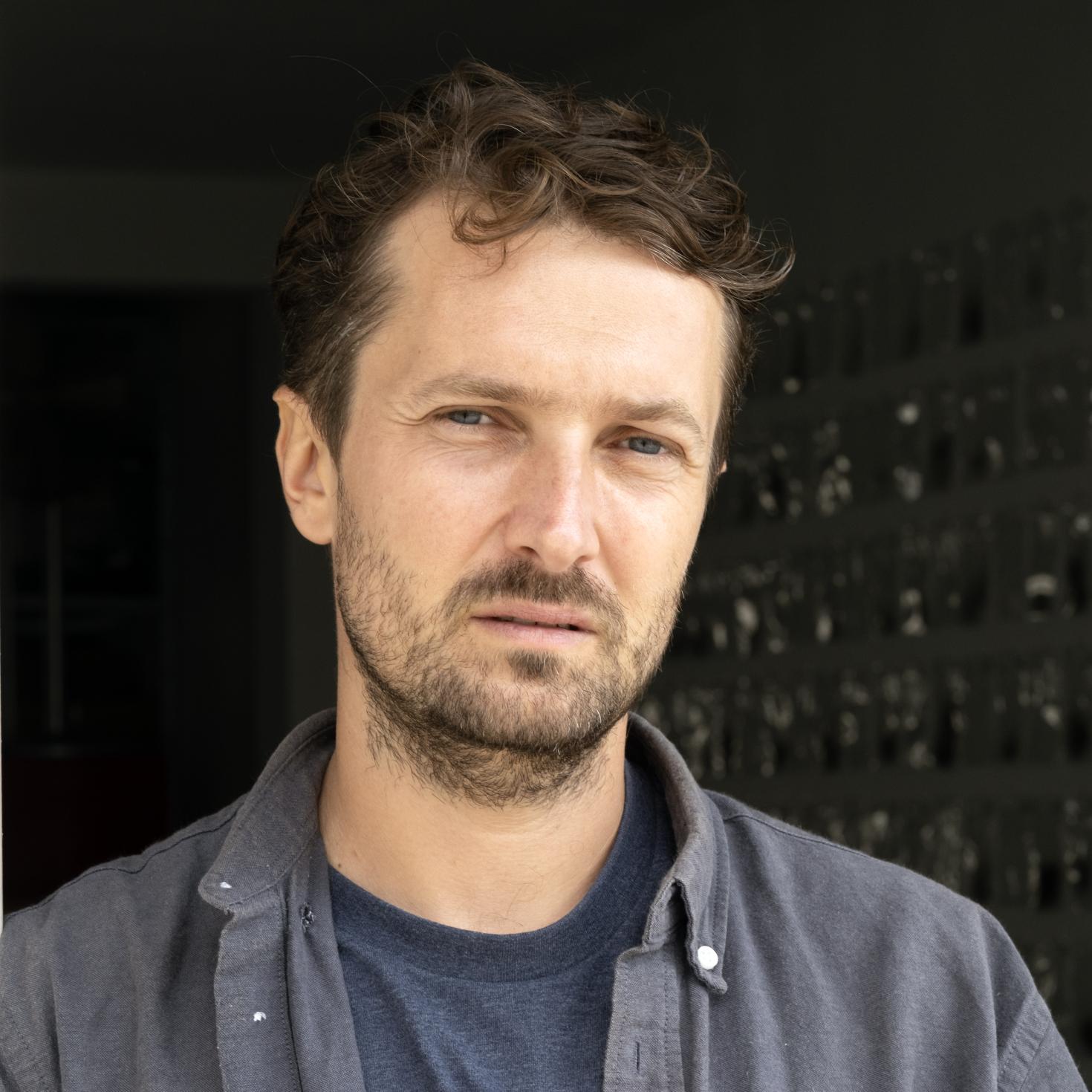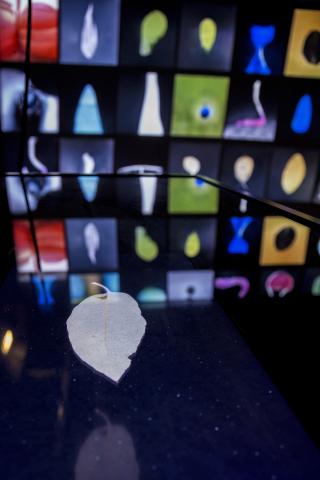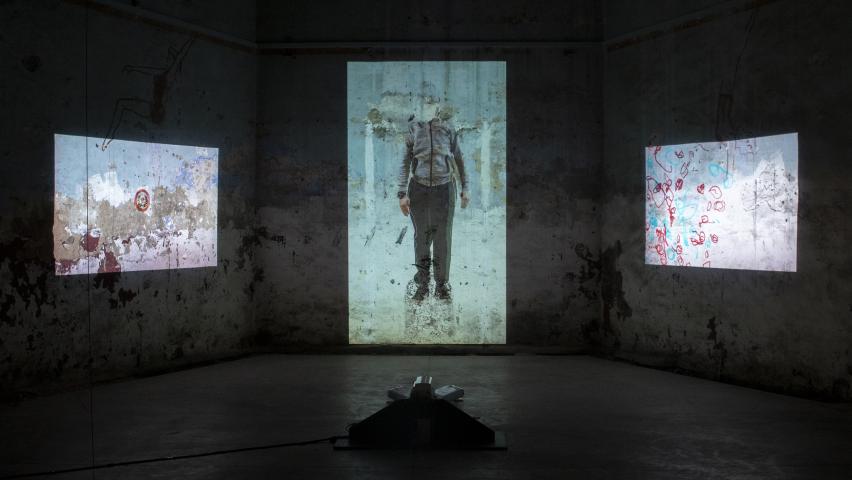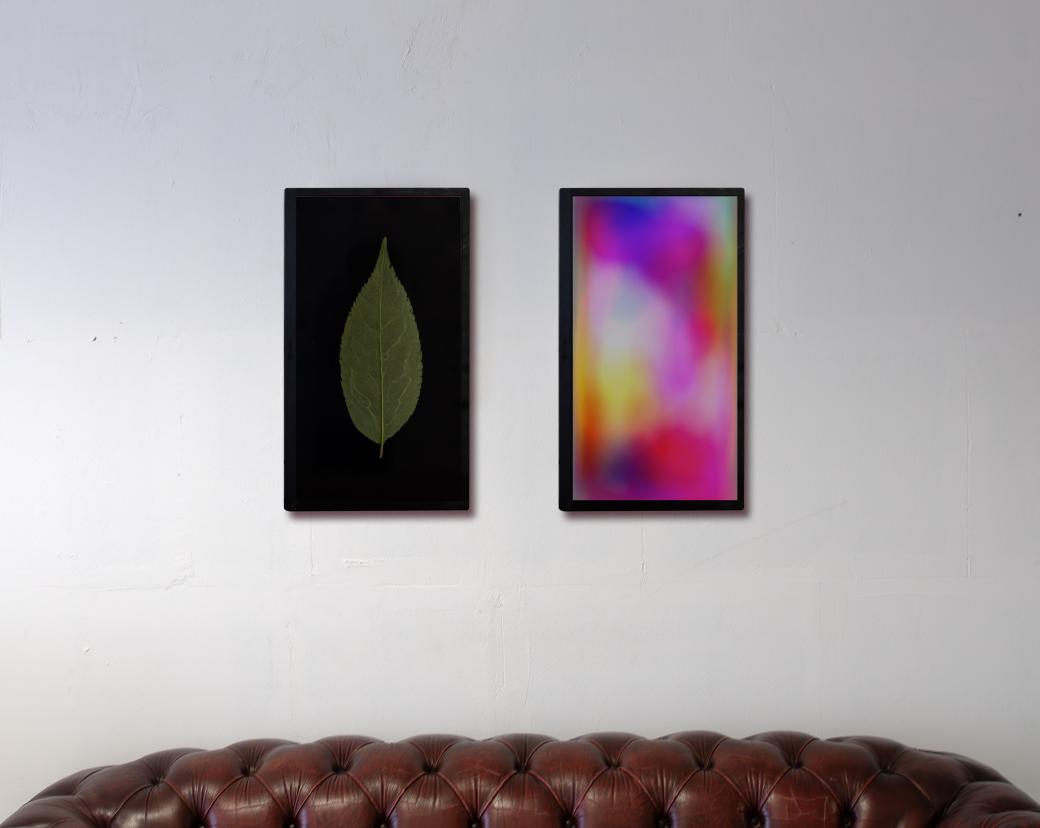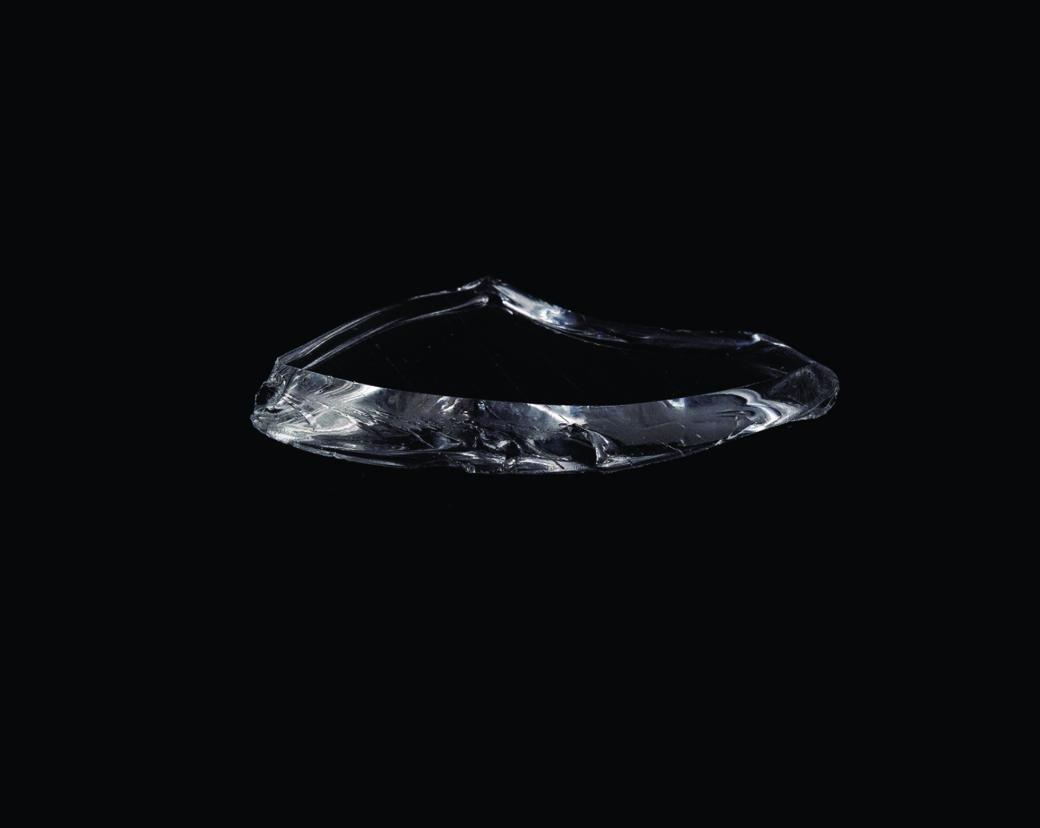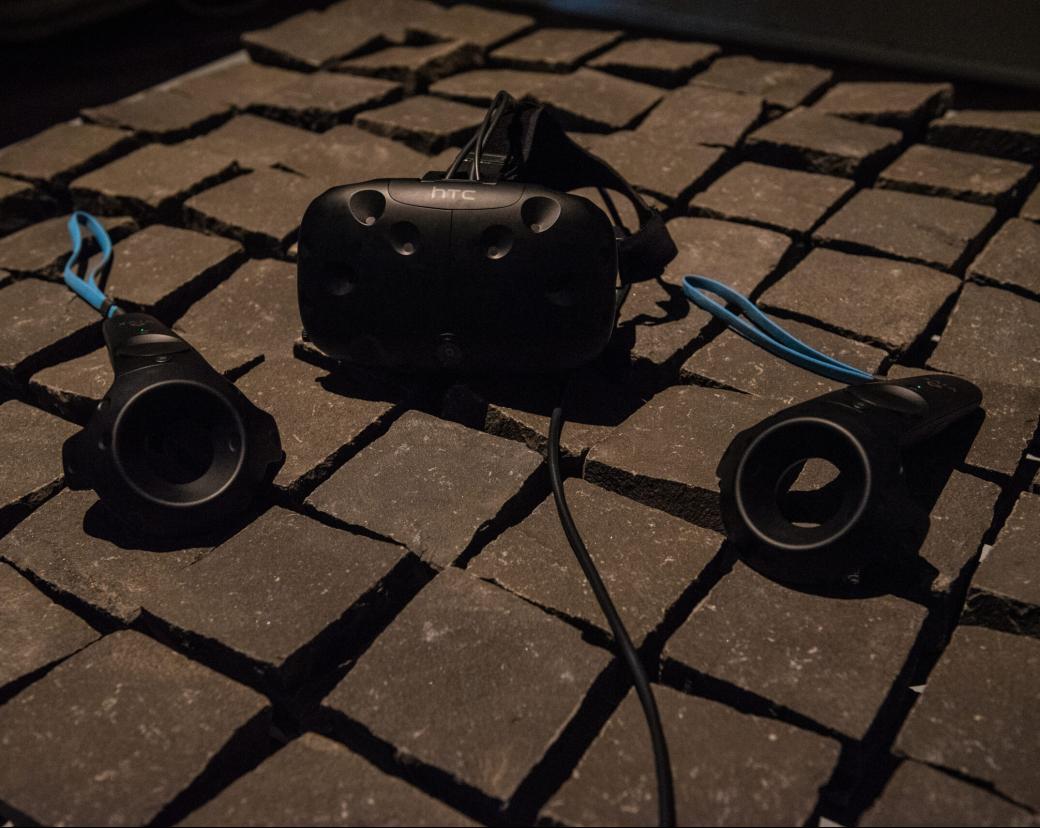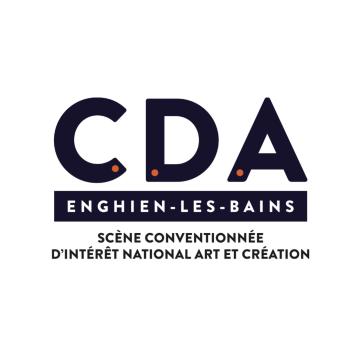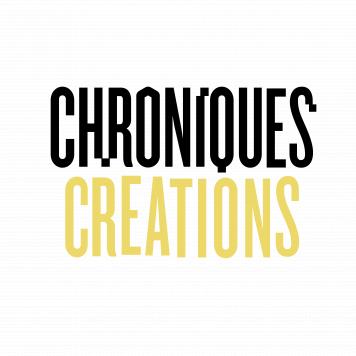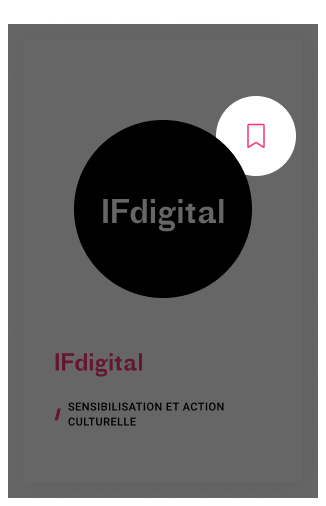The films, walls of images, installations and other proposals of the artist are part of a given period, identifiable by the objects they show. But it is time, in its general meaning, that is at work there (1). A time that, since his own night, man has sought to appropriate himself in his achievements and constructions. By its form and by what it gives us as a message, the work of Florian Schönerstedt seems to respond to André Leroi-Gourhan, who, evoking the meticulous work of the pitheccanthropes working to shape flint, asked this crucial question: "Could this regularity, this added aestheticism on objects that must have been sadly utilitarian, have been aroused if they had not marked the desire to do something good? (2)"
(1) A recent proposal by Florian Schönerstedt, entitled 87785s, says particularly well the importance of time in his work. 87785 seconds, that is to say almost 24 hours were needed to achieve to wear the 12 colored pencils used for the complete penciling of the pages of a notebook of sketch.
(2) André Leroi-Gourhan, Les racines du monde, Entretiens avec Claude-Henri Rocquet, Paris, Pierre Belfond, 1982, p.181
Extract of the text from the catalogue of the exhibition Meta-archology, 2019, Musee archeologique de Cimiez, Nice
by Maurice Fréchuret Art Historian





